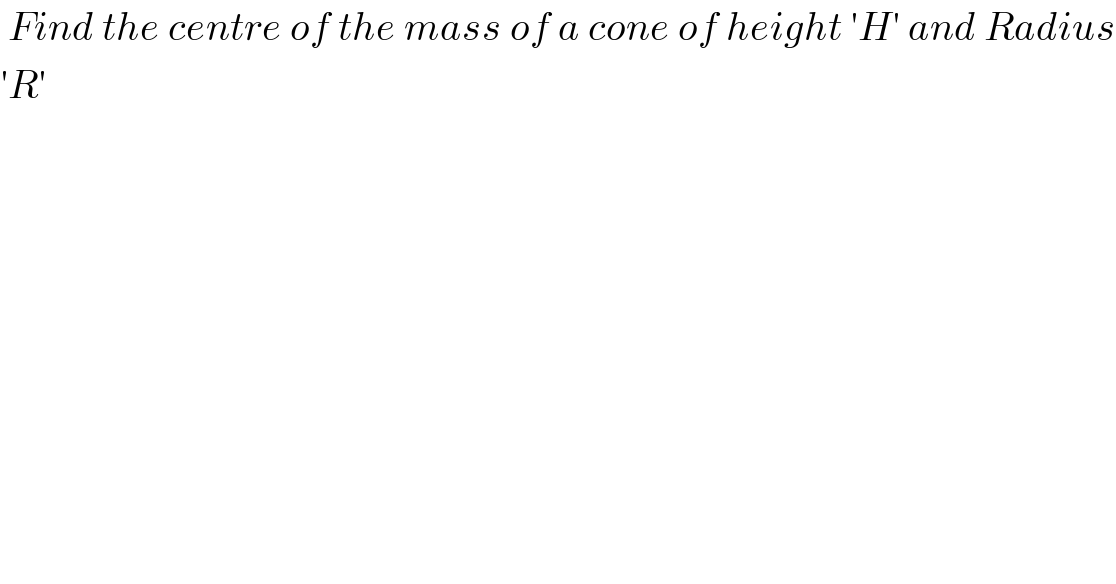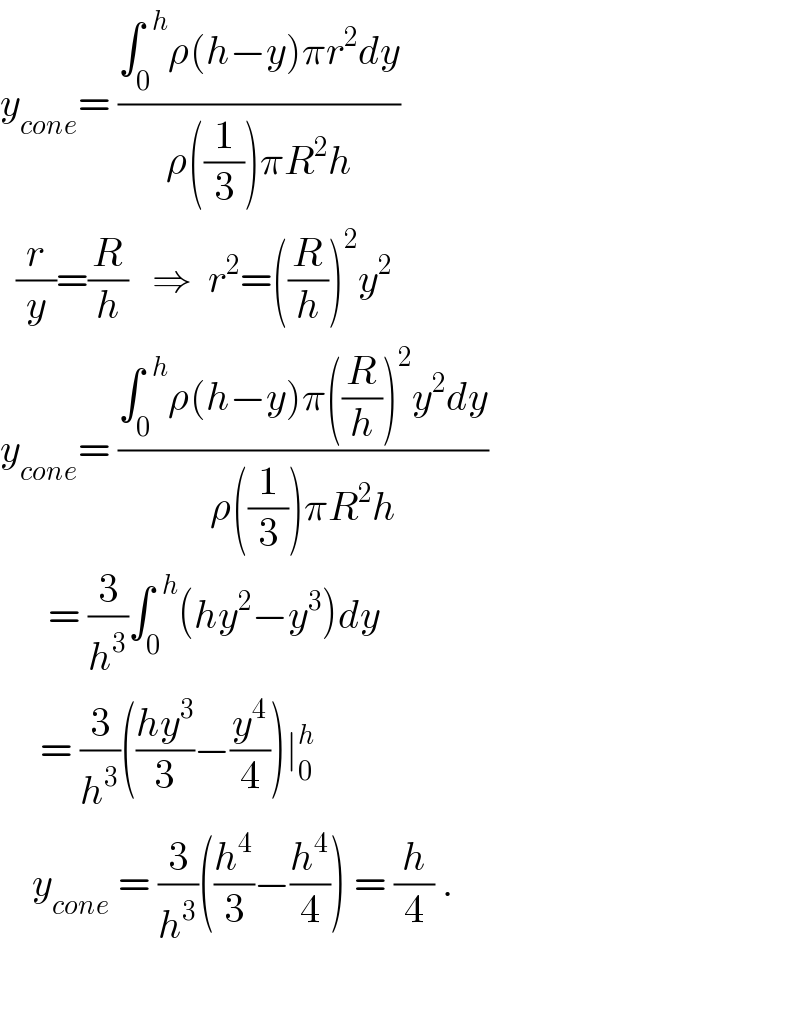
Question and Answers Forum
Question Number 105073 by Dwaipayan Shikari last updated on 25/Jul/20

Commented by ajfour last updated on 25/Jul/20

Commented by Dwaipayan Shikari last updated on 25/Jul/20

Commented by mr W last updated on 25/Jul/20

Commented by mr W last updated on 25/Jul/20

Answered by ajfour last updated on 25/Jul/20

Commented by ajfour last updated on 25/Jul/20

Commented by Dwaipayan Shikari last updated on 25/Jul/20

Commented by ajfour last updated on 25/Jul/20

Commented by Dwaipayan Shikari last updated on 25/Jul/20
������
